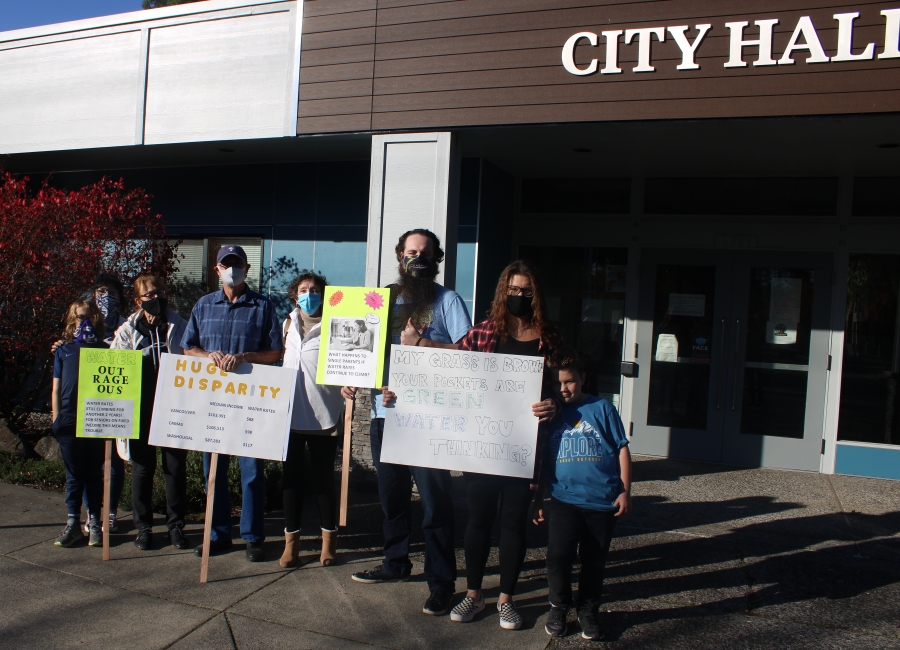When Ashley Rheault opened her most recent water bill from the city of Washougal, she simply couldn’t believe her eyes.
Nobody, she thought, should have to pay $452.11 for two months’ worth of water. She desperately hoped that the number was a misprint of some sort. After all, she had been charged only $380 on her previous bill and, as far as she knew, hadn’t increased her water consumption.





